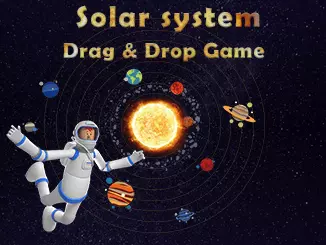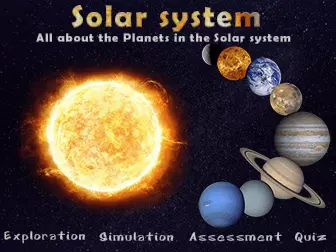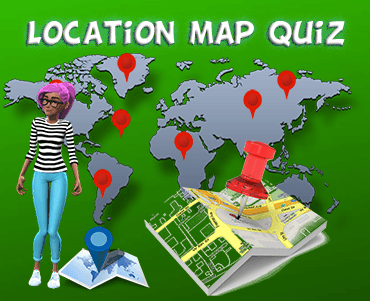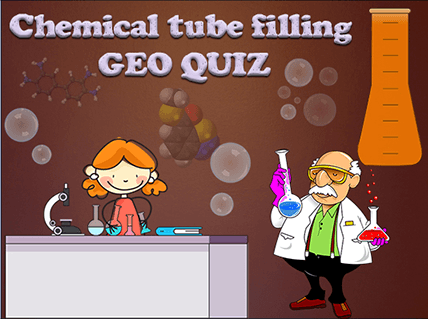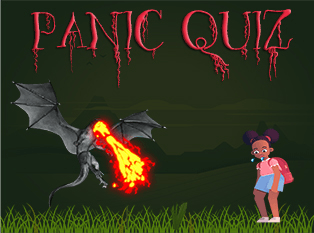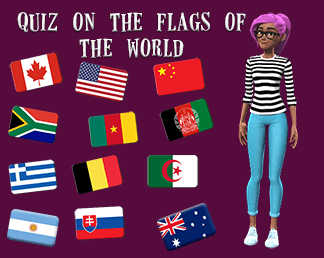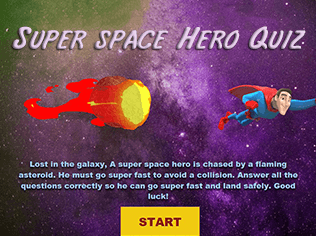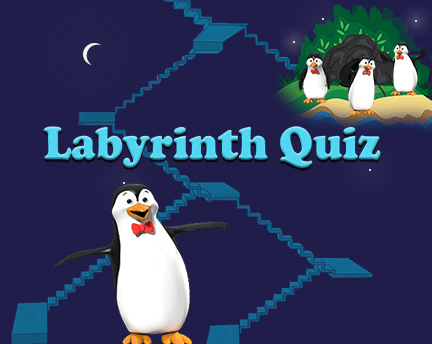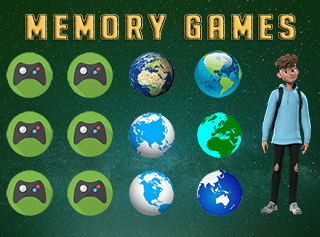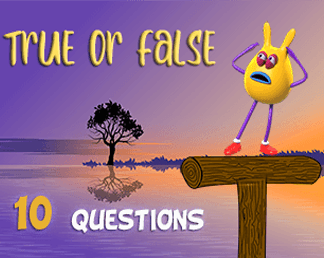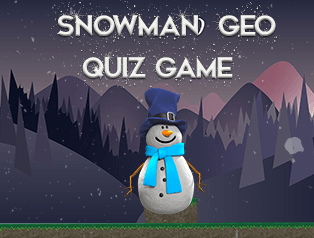Do you know the planet size order in the solar system? The goal of this game is to test the knowledge of Internet users on the size order of the planet in the solar system from the smallest to the largest. This game is ideal for Astronomy enthusiasts and Elementary and secondary school students.
Related games
Planet Size Order: Understanding Our Solar System‘s Largest and Smallest Bodies
Our Solar System is home to a variety of planets, moons, asteroids, and other celestial bodies. Some of these bodies are large, while others are small. In this article, we will take a closer look at the size order of planets and other celestial bodies in our Solar System.
The Largest Planets
The largest planet in our Solar System is Jupiter.
It is 11 times wider than Earth and has a mass that is 318 times greater than Earth’s. Its diameter is 88,846 miles (142,984 km), which is 11 times the diameter of Earth. Jupiter is the fifth planet from the Sun and is made mostly of gas, with a small rocky core. Its atmosphere is made up of hydrogen and helium, and it has several moons and a ring system.
The second-largest planet in our Solar System is Saturn.
It is about 9 times wider than Earth and has a mass that is 95 times greater than Earth’s. Its diameter is 74,900 miles (120,536 km), which is 9 times the diameter of Earth. Saturn is the sixth planet from the Sun and is composed mostly of hydrogen and helium. It has several moons and a ring system that is made of particles of ice and dust.
The third-largest planet in our Solar System is Uranus.
It is 4 times wider than Earth and has a mass that is 14.5 times greater than Earth’s. Its diameter is 31,763 miles (51,118 km), which is 4 times the diameter of Earth. Uranus is the seventh planet from the Sun and is composed mostly of hydrogen and helium. It has several moons and a faint ring system.
The fourth-largest planet in our Solar System is Neptune.
It is 3.8 times wider than Earth and has a mass that is 17 times greater than Earth’s. Its diameter is 30,775 miles (49,530 km), which is 3.8 times the diameter of Earth. Neptune is the eighth planet from the Sun and is composed mostly of hydrogen and helium. It has several moons and a faint ring system.
The Smallest Planets
The smallest planet in our Solar System is Mercury.
It is 0.38 times the size of Earth and has a mass that is 0.055 times the mass of Earth. Its diameter is 3,031 miles (4,878 km), which is 0.38 times the diameter of Earth. Mercury is the closest planet to the Sun and is made mostly of rock. It has no moons or rings.
The second-smallest planet in our Solar System is Mars.
It is 0.53 times the size of Earth and has a mass that is 0.11 times the mass of Earth. Its diameter is 4,217 miles (6,787 km), which is 0.53 times the diameter of Earth. Mars is the fourth planet from the Sun and is composed mostly of rock and dust. It has two moons and a dust ring.
The third-smallest planet in our Solar System is Venus.
It is 0.95 times the size of Earth and has a mass that is 0.81 times the mass of Earth. Its diameter is 7,521 miles (12,104 km), which is 0.95 times the diameter of Earth. Venus is the second planet from the Sun and is composed mostly of rock and sulfuric acid clouds. It has no moons or rings.
The fourth-smallest planet in our Solar System is Earth.
It is the largest of the terrestrial planets and has a diameter of 7,926 miles (12,756 km). Its mass is 5.97 x 10^24 kg, which is the largest of the terrestrial planets. Earth is the third planet from the Sun and is composed mostly of rock and iron. It has one moon and a faint ring of dust and debris.
Moons and Other Celestial Bodies
In addition to the planets, our Solar System also contains moons and other celestial bodies. The largest moon in our Solar System is Jupiter’s moon Ganymede. It is 5.3 times larger than Earth’s moon and has a mass that is 0.025 times the mass of Earth. Its diameter is 3,270 miles (5,262 km), which is 5.3 times the diameter of Earth’s moon.
The second-largest moon in our Solar System is Saturn’s moon Titan. It is 4.5 times larger than Earth’s moon and has a mass that is 0.02 times the mass of Earth. Its diameter is 2,576 miles (4,150 km), which is 4.5 times the diameter of Earth’s moon.
The third-largest moon in our Solar System is Neptune’s moon Triton. It is 2.8 times larger than Earth’s moon and has a mass that is 0.0036 times the mass of Earth. Its diameter is 1,680 miles (2,707 km), which is 2.8 times the diameter of Earth’s moon.
The fourth-largest moon in our Solar System is Earth’s moon. It is the fifth-largest moon in the Solar System and has a diameter of 2,159 miles (3,476 km). Its mass is 0.0123 times the mass of Earth.
The smallest celestial body in our Solar System is the asteroid known as Ceres. It is 0.0004 times the size of Earth and has a mass that is 0.00002 times the mass of Earth. Its diameter is 590 miles (950 km), which is 0.0004 times the diameter of Earth.
Conclusion
In conclusion, our Solar System is home to a variety of planets, moons, asteroids, and other celestial bodies. These bodies come in a variety of sizes, from the largest planet Jupiter to the smallest asteroid Ceres. Understanding the size order of these planets and other bodies can help us better understand our Solar System and the universe beyond.
Sources
NASA. “Jupiter.” NASA Solar System Exploration. NASA.
You might also like
Planet size order is a mini game, where the user will drag and release the planets in their order of sizes.
Planet size order drag and drop game, that’s exactly the name of our new project. You can study the planets of the solar system, compare their sizes, see which one is bigger and which smaller. Your task is to drag all the planets and place them in ascending or descending order according to their sizes (smallest first/largest last). Test your knowledge, as well as your memory. Jupiter is extremely large planet, so it doesn’t matter whether you put it at the end or the beginning. Just remember its size and turn it to its proper position quickly. Enjoy! Similar games can be played on Brainly

